
Subscribe to our Newsletter!
Get our latest news straight into your inbox

1925 Rolls-Royce Phantom I Jonckheere Coupe
In the world of luxury vehicles, it is impossible to not be familiar with Rolls-Royce. The Rolls-Royce Phantom is one of the most iconic vehicles ever created, however their history may not be as well known. One of the very first models that Rolls-Royce made was the 40/50, later to take on the moniker “Silver Ghost.” The 40/50 was the car that put Rolls-Royce on the map as a top luxury brand, with nearly 8,000 models made. In May of 1925 Rolls-Royce stepped it up even further, with the launch of the New Phantom (now known as the Phantom I).

The Phantom I was Rolls-Royce’s attempt to replace the 40/50, with them in fact keeping the 40/50 chassis but adding a slightly larger engine. When it came to the 1920s and 1930s automobile market, there was not a better way to signal either your wealth or status, or both, than by having a custom coach built for your car. There were several proprietors offering custom coachbuilding, including the likes of Waterhouse and Figoni et Falaschi, enabling the upper echelon of society to personalize their vehicles in just about any manner they liked. One particular Phantom I, originally boasting a Hooper Cabriolet body, went on a long journey and received quite unique modifications.
Originally purchased by someone in Detroit, after a change of opinion it was re-sold to the Raja of Nanpara. After moving through several other owners it wound up in Belgium in 1932. It was there that this Phantom 1 found itself in the shops of Jonckheere where it was to undergo a drastic makeover. Henri Jonckheere had been a carriage-builder since the late 19th century, but it was in 1902 that he built his first luxury vehicle. Henri’s son and successor Joseph Jonckheere took the business in a different direction, building his first bus body, and consequently putting Jonckheere on the map, in 1922, although it should be noted that car bodies were still a fair share of production into the early 1930s.
When presented with the Phantom I, Jonckheere took the design in many new and radical directions, daring to make modifications that many had not dared to. Jonckheere chose to equip the car with unique round doors, requiring him to also fabricate two piece windows which would split down into the door. The Jonckheere Phantom passed through several more owners before eventually settling in the United States just before the advent of WWII, where it fell into disrepair. Eventually recovered in the 1950s, the car was acquired by east coast entrepreneur Max Obie.
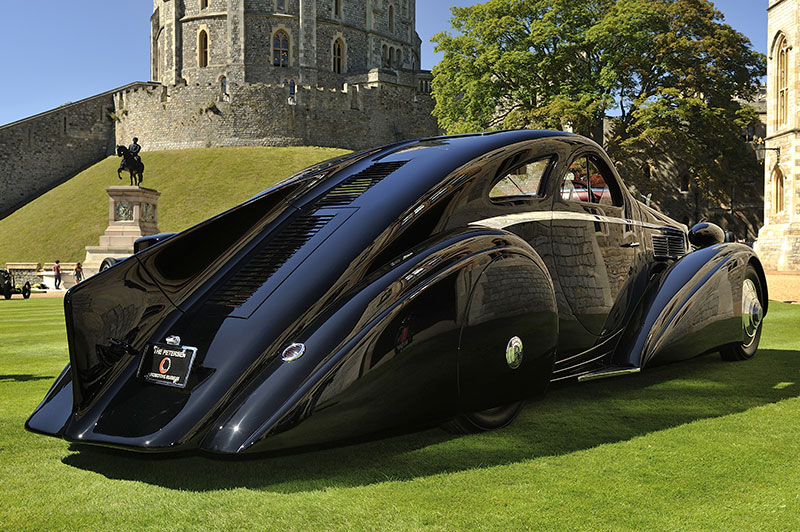
A few decades later, and a change of hands in-between, the Jonckheere Phantom was auctioned off to a Japanese collector in 1991, where it was unfortunately neglected for a decade. Eventually the Peterson Automotive Museum acquired the Jonckheere Phantom in the spring of 2001. After a much needed restoration to its former glory, the Jonckheere Phantom continues to dazzle and has been shown at both the Pebble Beach and Meadowbrook Concours d’Elegance as a top tier car of luxury and paradise.
Image Credit: Max Earey https://www.maxearey.com/
Share This
Subscribe To Our Newsletter
Stay informed with our latest news delivered directly to your inbox.



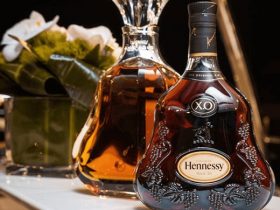




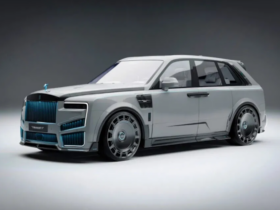
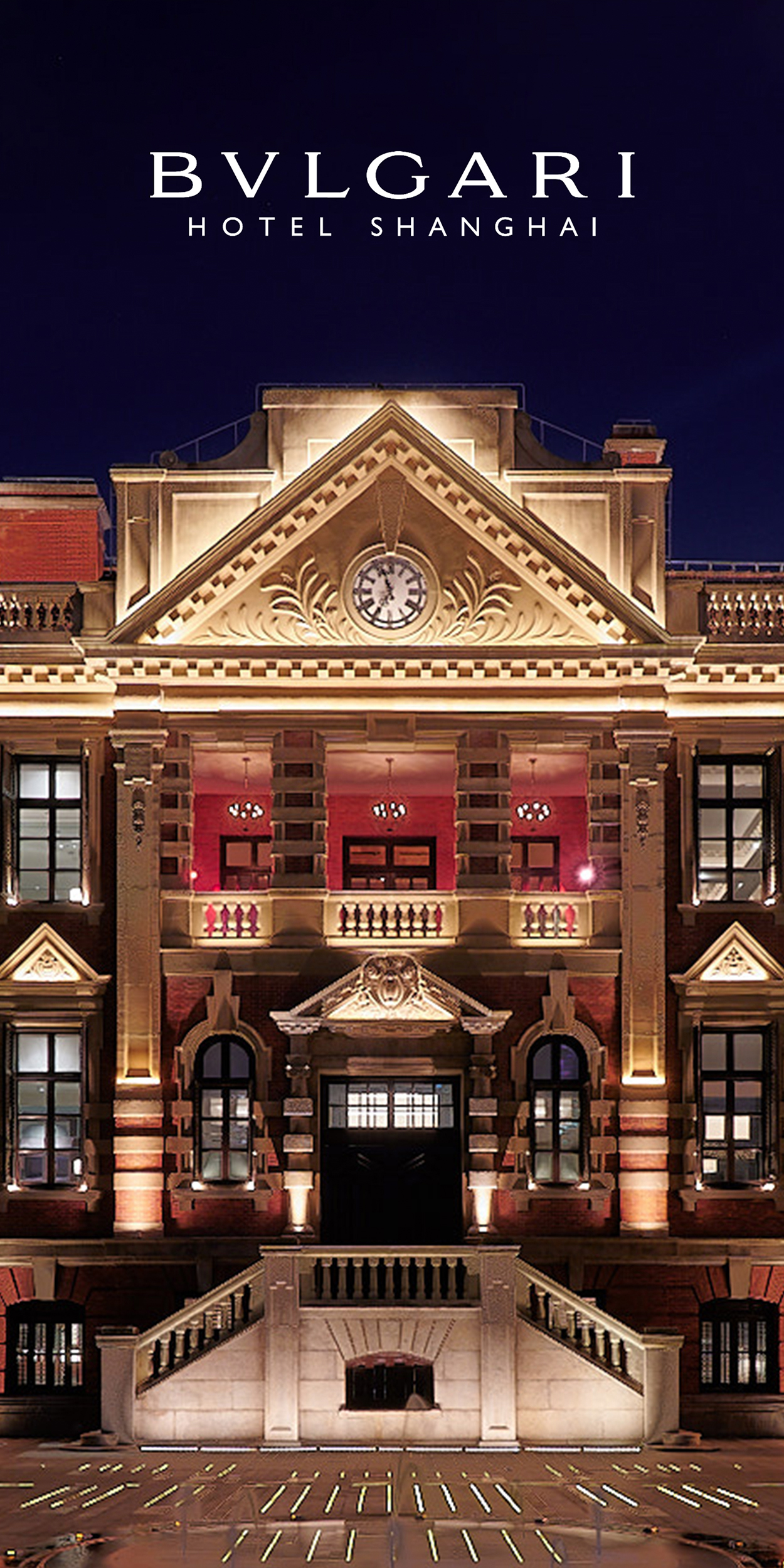



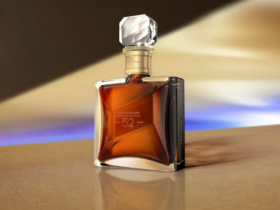
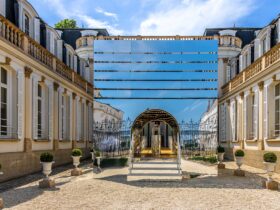

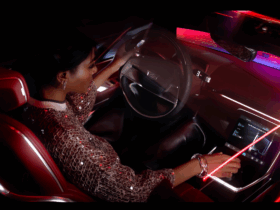
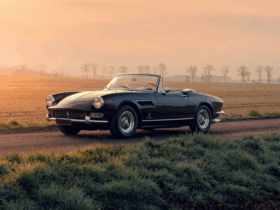
Leave a Review